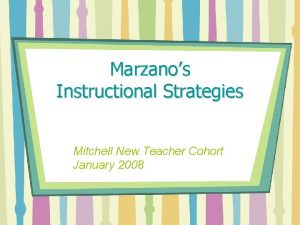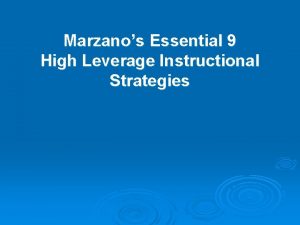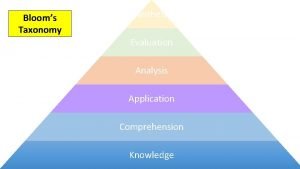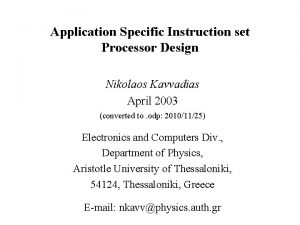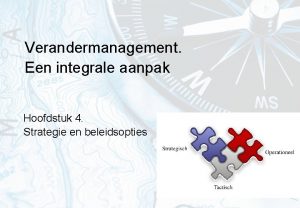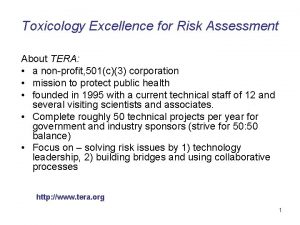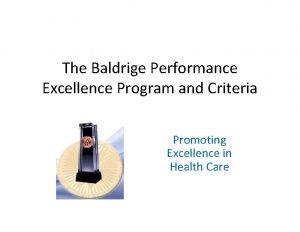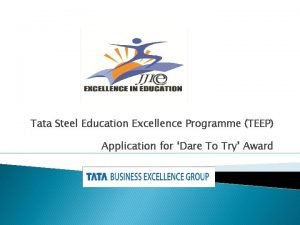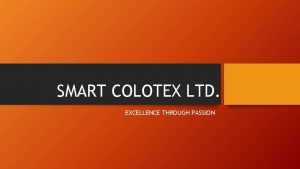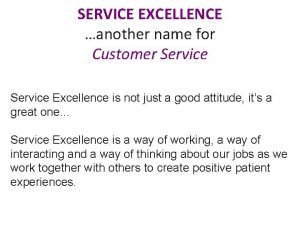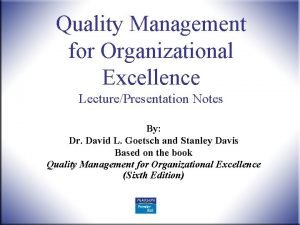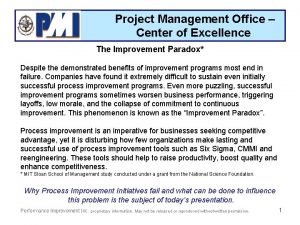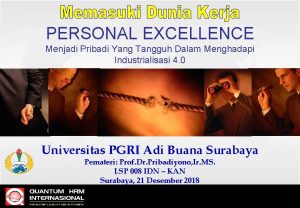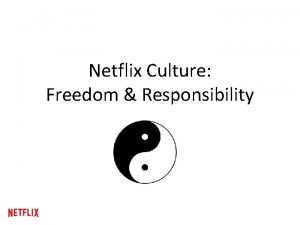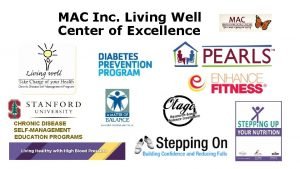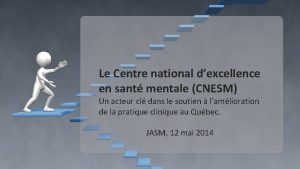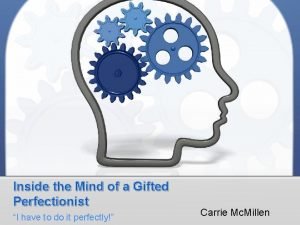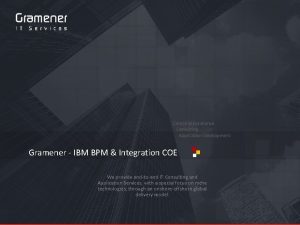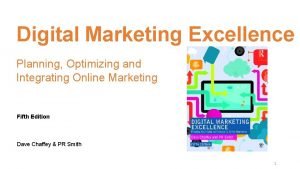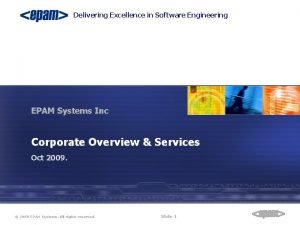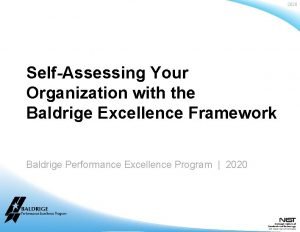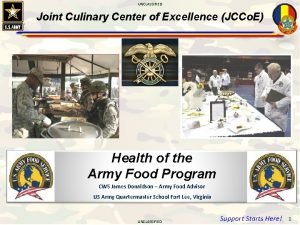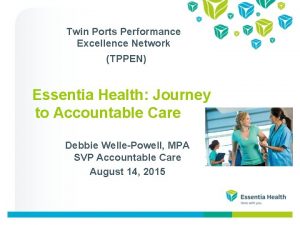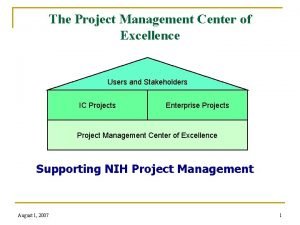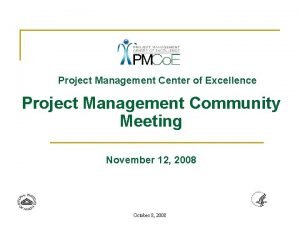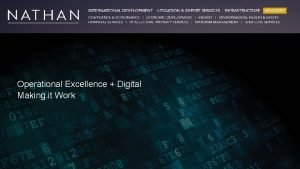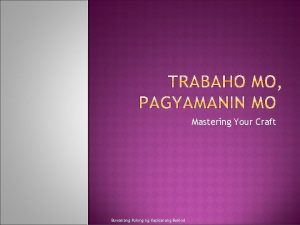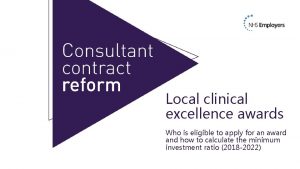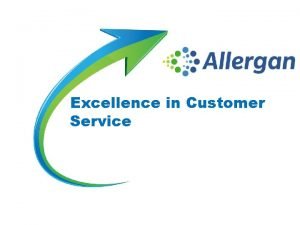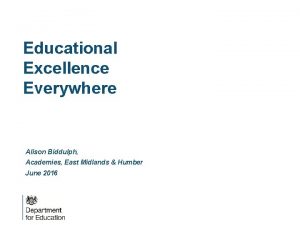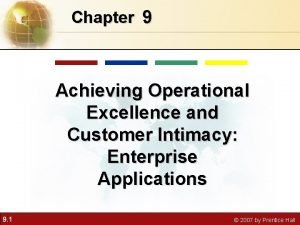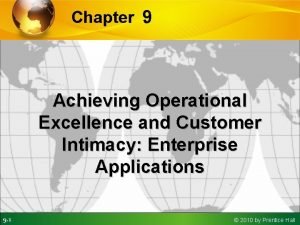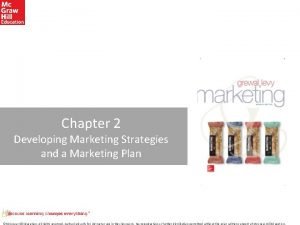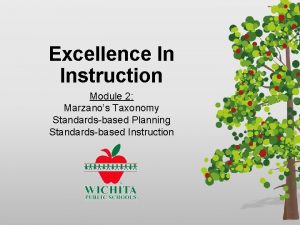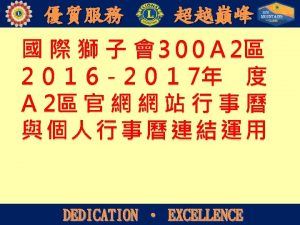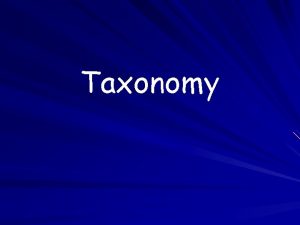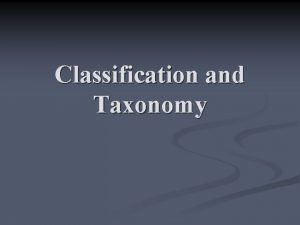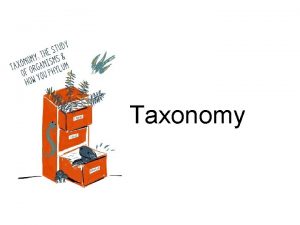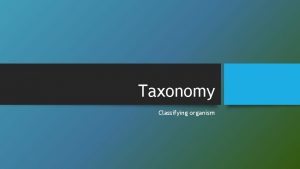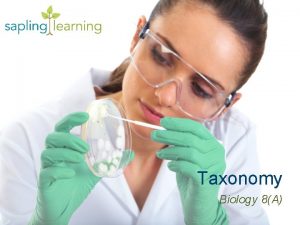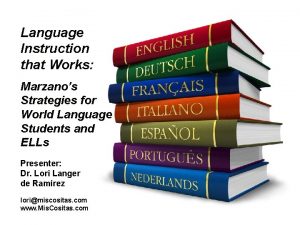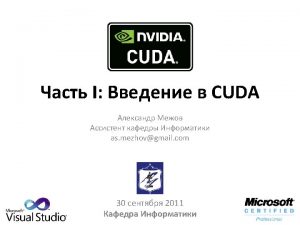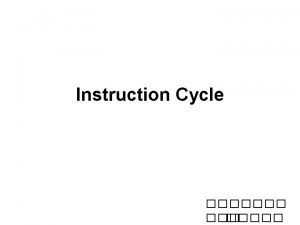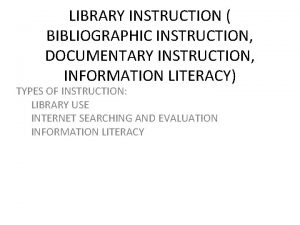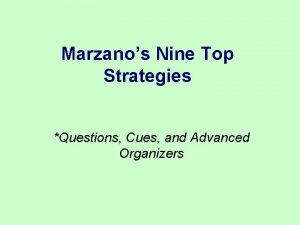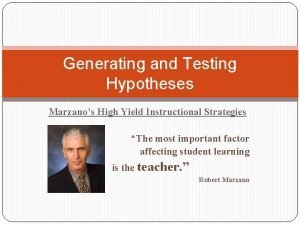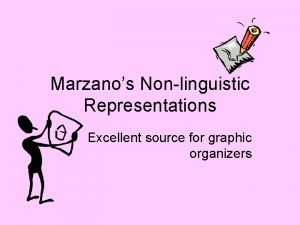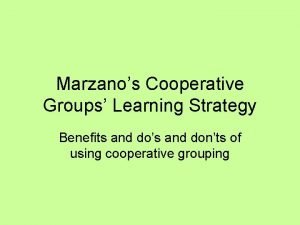Excellence In Instruction Module 3 Application Marzanos Taxonomy


















































- Slides: 50

Excellence In Instruction Module 3: Application Marzano’s Taxonomy Standards-based Planning Standards-based Instruction

2 C H A M P S • Voice Level 0 while facilitator or others are speaking • Voice Level 2 while working with colleagues • We will use an attention signal to help the group refocus • Parking Lot for questions • Excellence in Instruction • Take any phone calls or text messages outside of the room • Take care of personal needs • Use your electronics to enhance your learning, not distract • Participate fully in the structures • Identify your A-B partnership • Successful understanding of the Marzano Focused Map and application of protocols

3 A C H I E V E • Excellence in Instruction • Voice Level 0 while others are speaking • Voice Level 2 while working with others • We will use an attention signal to refocus the group • Use the Parking Lot structure • Each teacher should contribute to the discussion today and leave with an understanding of Marzano Focused Map • Use your electronics to enhance your learning, not distract • Participate fully in the structures • Identify your A-B partnership • Successful understanding of the Marzano Focused Map and application of protocols • Collaborate and listen for new ideas to apply

4 Turn & Talk • What do you remember about Marzano’s Taxonomy? • What have you implemented since the last training?

5 Timeline 2017 -2018

6 Today we will process through a series of questions. If you can answer each of these questions then you have considered everything that Marzano deems critical to planning a strong lesson to meet the needs of your students.

7 “Thinking in Slow Motion” This is not a planning process. This is a process to learn how to use our resources.

8 Learning Targets CONTENT OBJECTIVES • Analyze a lesson plan and connect it to the Marzano Protocols • Learn how to use the Marzano Protocols in planning LITERACY OBJECTIVES • Participate in a workshop-style conversation about instruction • Read and respond to text

Marzano Focused Teacher Evaluation Model Standards-Based Classroom with Rigor Standards-Based Planning • Planning Standards-Based Lessons/Units • Aligning Resources to Standard(s) • Planning to Close the Achievement Gap Using Data Standards-Based Instruction Conditions for Learning • • Using Formative Assessment to Track Progress Providing Feedback and Celebrating Progress Organizing Students to Interact with Content Establishing and Acknowledging Adherence to Rules and Procedures • Using Engagement Strategies • Establishing and Maintaining Effective Relationships in a Student-Centered Classroom • Communicating High Expectations for Each Student to Close the Achievement Gap • • • Identifying Critical Content from the Standards Previewing New Content Helping Students Process New Content Using Questions to Help Students Elaborate on Content Reviewing Content Helping Students Practice Skills, Strategies, and Processes Helping Students Examine Similarities and Differences Helping Students Examine Their Reasoning Helping Students Revise Knowledge Helping Students Engage in Cognitively Complex Tasks Professional Responsibilities • Adhering to School and District Policies and Procedures • Maintaining Expertise in Content and Pedagogy • Promoting Teacher Leadership and Collaboration

10 Planning Standards-Based Lessons/Units (p. 2) Aligning Resources to Standards (p. 3) The “What” Identify the • Standard • Taxonomy Level • Learning Target / Content Objective Resources The “How ” A Tour of Today’s Training Planning to Close the Achievement Gap (p. 4) Adaptations/ Accommodations Standards-Based Instruction “Literacy Objective” for s n o iti Cond rning Lea

Negotiated Agreement Between Wichita Public Schools, BOE and United Teachers of Wichita Lesson Plan Framework • Content & Literacy Objectives • Opening • Worktime • Closing So as we look at planning evidence, we will keep this in the forefront.

Negotiated Agreement Between Wichita Public Schools, BOE and United Teachers of Wichita Lesson Plan Framework • Content & Literacy Objectives • Opening • Worktime • Closing

Skim and Scan: The Planning Standards-Based Lesson p. 2 Protocol 1. Focus Statement 2. Desired Effect 3. Planning Evidence 4. Example Implementation Evidence 5. Rating Scale

What to look for in a lesson plan? Page 2 3 4 Protocol Planning Standards-Based Lessons/Units Aligning Resources to Standards Planning to Close the Achievement Gap Using Data Connections Content & Literacy Objectives Opening, Worktime, Closing Instructional Unit Guides (IUGs), Textbooks, Co-Teaching, Instructional Technology Formative & Summative Data Accommodations & Adaptations

15 Share with a Partner • Pull out the lesson and materials you brought today. • Turn and talk about your lesson. • Does is it already include a clear opening, worktime, and closing? Partner B Partner A 1: 00 1: 01 1: 02 1: 03 1: 04 1: 05 1: 06 1: 07 1: 08 1: 09 1: 10 1: 11 1: 12 1: 13 1: 14 1: 15 1: 16 1: 17 1: 18 1: 19 1: 20 1: 21 1: 22 1: 23 1: 24 1: 25 1: 26 1: 27 1: 28 1: 29 1: 30 1: 31 1: 32 1: 33 1: 34 1: 35 1: 36 1: 37 1: 38 1: 39 1: 40 1: 41 1: 42 1: 43 1: 44 1: 45 1: 46 1: 47 1: 48 1: 49 1: 50 1: 51 1: 52 1: 53 1: 54 1: 55 1: 56 1: 57 1: 58 1: 59 2: 00 0: 01 0: 02 0: 03 0: 04 0: 05 0: 06 0: 07 0: 08 0: 09 0: 10 0: 11 0: 12 0: 13 0: 14 0: 15 0: 16 0: 17 0: 18 0: 19 0: 20 0: 21 0: 22 0: 23 0: 24 0: 25 0: 26 0: 27 0: 28 0: 29 0: 30 0: 31 0: 32 0: 33 0: 34 0: 35 0: 36 0: 37 0: 38 0: 39 0: 40 0: 41 0: 42 0: 43 0: 44 0: 45 0: 46 0: 47 0: 48 0: 49 0: 50 0: 51 0: 52 0: 53 0: 54 0: 55 0: 56 0: 57 0: 58 0: 59 End Timing from www. A 6 training. co. uk

What is the standard(s) toward which you are working in this lesson? Grade-level content standards g n i n n a l P t i Un Daily Lesson Learning Target Unit Goal Daily Lesson Learning Target Progression of Learning within a Unit Daily Lesson Learning Target

17 Unpacking the Standard(s) 1. Read the standard. Circle the verbs and underline the nouns. a. VERBS: What mental process is the student doing? b. NOUNS: What do they need to know? 2. What is the taxonomy level of your standard(s)?

Elementary Example ELA-Literacy. SL. 3. 2 Determine the main ideas and supporting details of a text read aloud or information presented in diverse media and formats, including visually, quantitatively, and orally.

Middle School Example ELA-Literacy. WHST. 6 -8. D Use precise language and domain-specific vocabulary to inform about or explain the topic.

High School Example ELA-Literacy. SL. 9 -10. 1. A Come to discussions prepared, having read and researched material under study: explicitly draw on that preparation by referring to evidence from texts and other research on the topic or issue to stimulate a thoughtful, well-reasoned exchange of ideas.

High School- We Do

22 Learning Progressions “Teachers need to have in mind a continuum of how learning develops in any particular knowledge domain so that they are able to locate students’ current learning status and decide on pedagogical action to move students’ learning forward. ” -Margaret Heritage, 2008, p. 2

Planning Standards-Based Lessons/Units • Is this lesson at the same taxonomy level of the standard? • If not, how might I use this lesson to move my students toward that level of rigor? • Use the Marzano Taxonomy handout to identify key words and phrases you want to incorporate into this lesson plan. g n i n n a l P t i Un Daily Lesson Learning Target Grade-level content standards Taxonomy Level of Standard Daily Lesson Learning Target Record ideas on your notetaking device.

Content Objectives • Identify what students will know and be able to do to demonstrate the standard Learning Targets

25 Planning Standards-Based Lessons/Units (p. 2) Aligning Resources to Standards (p. 3) Planning to Close the Achievement Gap (p. 4) The “What” Identify the • Standard • Taxonomy Level • Learning Target / Content Objective The “How ” A Tour of Today’s Training Standards-Based Instruction “Literacy Objective”

Planning Standards-Based Lessons/Units Identifying Critical Content is part of every lesson. We always start here! Standards-Based Instruction • Identifying Critical Content from the Standards • • • Previewing New Content Helping Students Process New Content Using Questions to Help Students Elaborate on Content Reviewing Content Helping Students Practice Skills, Strategies, and Processes Helping Students Examine Similarities and Differences Helping Students Examine Their Reasoning Helping Students Revise Knowledge Helping Students Engage in Cognitively Complex Tasks

27 Identifying Critical Content from the Standards Protocol (aligned to the learning target) p. 5 • How might I introduce the critical content explicitly in my lesson? • How might I intentionally plan to bring students back to the critical content throughout the lesson? Expanded protocols can be found beginning on p. 53

Planning Standards-Based Lessons/Units Gradual Release of Responsibility Standards-Based Instruction • • • Identifying Critical Content from the Standards Previewing New Content Helping Students Process New Content Using Questions to Help Students Elaborate on Content Reviewing Content Helping Students Practice Skills, Strategies, and Processes Helping Students Examine Similarities and Differences Helping Students Examine Their Reasoning Helping Students Revise Knowledge Helping Students Engage in Cognitively Complex Tasks

Planning Standards-Based Lessons/Units Gradual Release of Responsibility Standards-Based Instruction 1 2 3 • Identifying Critical Content from the Standards • Previewing New Content • Helping Students Process New Content • Using Questions to Help Students Elaborate on Content • Reviewing Content • Helping Students Practice Skills, Strategies, and Processes • Helping Students Examine Similarities and Differences • Helping Students Examine Their Reasoning • Helping Students Revise Knowledge • Helping Students Engage in Cognitively Complex Tasks

. Planning Standards-Based e r o l p x e o t t n e m e l e e e on Choos. Lessons/Units want to u o y t h g i m s e u q i n h c , Instruction e g n i n Standards-Based e p o Which t r u o y o t n i e t a ? incorpor • Identifying g n i s o l c r Critical Content from the Standards o , e m i t k r o w pp. 6 -8 pp. 9 -13 p. 14 • Previewing New Content • Helping Students Process New Content • Using Questions to Help Students Elaborate on Content • Reviewing Content • Helping Students Practice Skills, Strategies, and Processes • Helping Students Examine Similarities and Differences • Helping Students Examine Their Reasoning • Helping Students Revise Knowledge • Helping Students Engage in Cognitively Complex Tasks

31 Group Discussion 1. Considering the desired effect which teacher instructional techniques might best work in your classroom? 2. How might you monitor for learning? (refer to the expanded protocols)

32 Group Discussion 3. What student evidence might you collect? 4. What adaptations might your students need?

33 Record Your Plans 1. Considering the desired effect which teacher instructional techniques might best work in your classroom? 2. How might you monitor for learning? (refer to the expanded protocols) 3. What student evidence might you collect? 4. What adaptations might your students need?

34 Break Time

35 Planning Standards-Based Lessons/Units (p. 2) Aligning Resources to Standards (p. 3) The “What” Identify the • Standard • Taxonomy Level • Learning Target / Content Objective Resources The “How ” A Tour of Today’s Training Planning to Close the Achievement Gap (p. 4) Adaptations/ Accommodations Standards-Based Instruction “Literacy Objective”

Aligning Resources to the Standard Protocol p. 3 1. Focus Statement 2. Desired Effect 3. Planning Evidence 4. Example Implementation Evidence 5. Rating Scale

What to look for in a lesson plan? Page 2 3 4 Protocol Planning Standards-Based Lessons/Units Aligning Resources to Standards Planning to Close the Achievement Gap Using Data Connections Content & Literacy Objectives Opening, Worktime, Closing Instructional Unit Guides (IUGs), Textbooks, Co-Teaching, Instructional Technology Formative & Summative Data Accommodations & Adaptations

Aligning Resources to the Standard Protocol What traditional and/or digital resources, aligned to the learning target, are you using in this lesson? How might you implement the human resources available to you to support learning in this lesson?

39 Planning to Close the Achievement Gap Using Data The gap between the student’s individual skill level and the level required by the standard

Planning to Close the Achievement Gap Using Data Protocol 1. Focus Statement 2. Desired Effect 3. Planning Evidence 4. Example Implementation Evidence 5. Rating Scale p. 4

What to look for in a lesson plan? Page 2 3 4 Protocol Planning Standards-Based Lessons/Units Aligning Resources to Standards Planning to Close the Achievement Gap Using Data Connections Content & Literacy Objectives Opening, Worktime, Closing Instructional Unit Guides (IUGs), Textbooks, Co-Teaching, Instructional Technology Formative & Summative Data Accommodations & Adaptations

42 Planning to Close the Achievement Gap Using Data How might you determine your students’ present skill level(s)? What data might you use to inform your planning? Formative Assessment Protocol p. 15 Monitoring Techniques in Expanded Protocols pp. 53 -58

43 Planning Standards-Based Lessons/Units (p. 2) Aligning Resources to Standards (p. 3) The “What” Identify the • Standard • Taxonomy Level • Learning Target / Content Objective Resources The “How ” A Tour of Today’s Training Planning to Close the Achievement Gap (p. 4) Adaptations/ Accommodations Standards-Based Instruction “Literacy Objective” for s n o iti Cond rning Lea

44 Conditions for Learning Organizing Students to Interact with Content Which of these example instructional techniques might best support your lesson? • • p. 17 Using Formative Assessment to Track Progress Providing Feedback and Celebrating Progress Organizing Students to Interact with Content Establishing and Acknowledging Adherence to Rules and Procedures Using Engagement Strategies Establishing and Maintaining Effective Relationships in a Student-Centered Classroom Communicating High Expectations for Each Student to Close the Achievement Gap

45 Conditions for Learning Using Engagement Strategies When planning your lesson activities, what might you want to be mindful of in regards to engaging or reengaging students? • • p. 19 Using Formative Assessment to Track Progress Providing Feedback and Celebrating Progress Organizing Students to Interact with Content Establishing and Acknowledging Adherence to Rules and Procedures Using Engagement Strategies Establishing and Maintaining Effective Relationships in a Student-Centered Classroom Communicating High Expectations for Each Student to Close the Achievement Gap

46 Learning Targets CONTENT OBJECTIVES • Analyze a lesson plan and connect it to the Marzano Protocols • Learn how to use the Marzano Protocols in planning LITERACY OBJECTIVES • Participate in a workshop-style conversation about instruction • Read and respond to text

Negotiated Agreement Between Wichita Public Schools, BOE and United Teachers of Wichita Lesson Plan Framework • Content & Literacy Objectives • Opening • Worktime • Closing So as we look at planning evidence, we will keep this in the forefront.

Table Conversation Thinking about where we have been today, • What do you want to remember about the gray booklet? • How might it impact your planning?

Sum It Up 49

Reflection Clicks Clunks What have you learned today? What might you still be wondering? 50
 Marzanos strategies
Marzanos strategies Cues questions and advance organizers
Cues questions and advance organizers Marzano kendall taxonomy
Marzano kendall taxonomy Differentiated instruction vs individualized instruction
Differentiated instruction vs individualized instruction Direct instruction method
Direct instruction method Application comprehension
Application comprehension C device module module 1
C device module module 1 Application specific instruction set processor
Application specific instruction set processor Treatment application module
Treatment application module Klantwaardestrategieën treacy & wiersema
Klantwaardestrategieën treacy & wiersema Tera toxicology
Tera toxicology Baldrige performance excellence program
Baldrige performance excellence program Tata education excellence program
Tata education excellence program Excellence through passion slogan
Excellence through passion slogan Infection control isolation signs
Infection control isolation signs Quality management for organizational excellence
Quality management for organizational excellence Excellence in social security
Excellence in social security Project management center of excellence
Project management center of excellence Personal excellence adalah
Personal excellence adalah Perfec half
Perfec half Creating an enterprise cloud centre of excellence
Creating an enterprise cloud centre of excellence Netflix culture freedom & responsibility
Netflix culture freedom & responsibility Maryland living well center of excellence
Maryland living well center of excellence Learning from excellence
Learning from excellence Cnesm siv
Cnesm siv Integrity service excellence
Integrity service excellence Excellence vs perfection
Excellence vs perfection Ibm centre of excellence
Ibm centre of excellence Baltic biomaterials centre of excellence
Baltic biomaterials centre of excellence Frontline excellence
Frontline excellence Excellence with morality
Excellence with morality Levels of excellence
Levels of excellence Sell serve sizzle speak save
Sell serve sizzle speak save Upsa epam
Upsa epam Retail excellence meaning
Retail excellence meaning Baldrige excellence builder
Baldrige excellence builder Joint culinary center of excellence
Joint culinary center of excellence Performance excellence network
Performance excellence network Project management center of excellence
Project management center of excellence Customer excellence project manager
Customer excellence project manager Penjelasan
Penjelasan Excellence
Excellence Bakit kailangang hangarin ang excellence sa trabaho?
Bakit kailangang hangarin ang excellence sa trabaho? Local clinical excellence awards 2020
Local clinical excellence awards 2020 Icos center of excellence
Icos center of excellence Allergan customer service
Allergan customer service Educational excellence everywhere
Educational excellence everywhere Achieving operational excellence and customer intimacy
Achieving operational excellence and customer intimacy Customer intimacy operational excellence
Customer intimacy operational excellence Marketing
Marketing Universal design
Universal design
